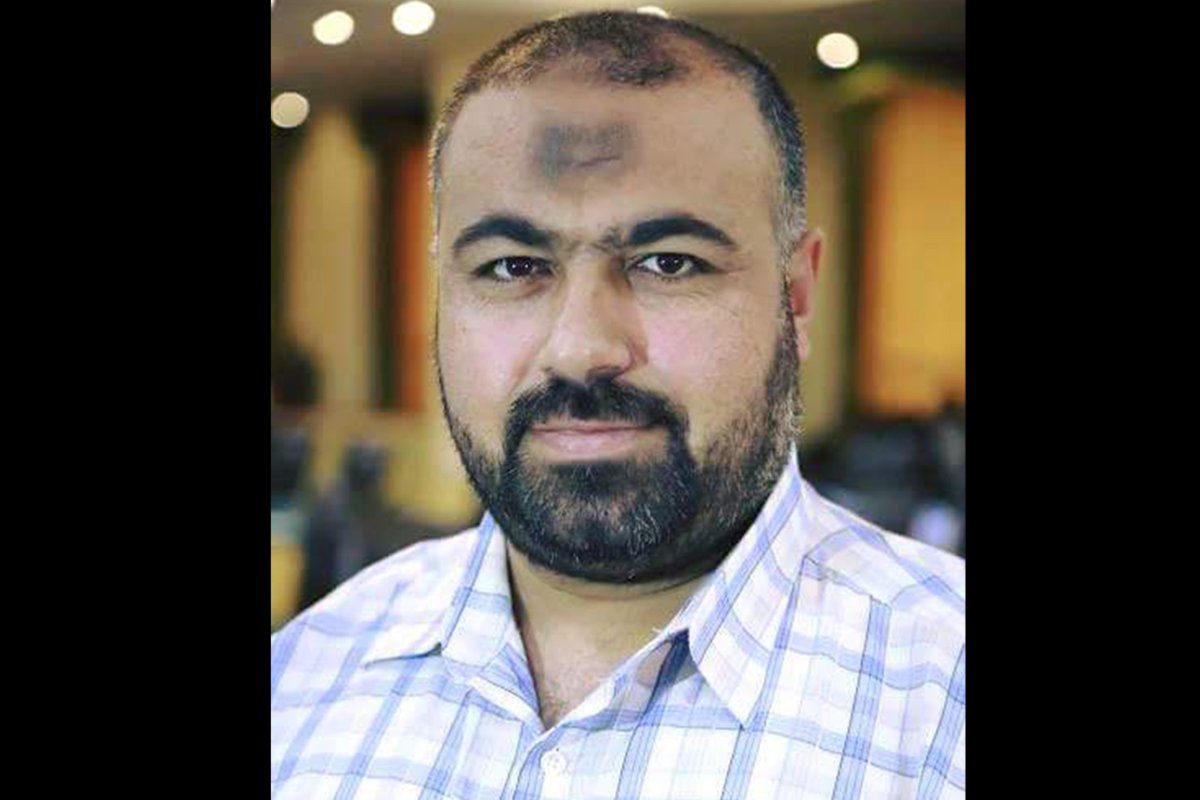On 11 May I charged my mobile phone, filled my car with petrol and headed to partake in the seventh Friday of the “Great March of Return” along with thousands of civilians in the Gaza Strip. As a Palestinian joining the protests is the norm, but I am also a journalist and reporting on Israeli aggression against peaceful protesters is my duty.
I arrived in the area at around 16:45 when protesters in Gaza city, where I live, came together. The demonstrators were sharing memories and the stories that had been narrated to them by their parents and their grandparents of their homes in historic Palestine, of life before the Nakba of 1948, before Zionist militias forced Palestinians out of their homes and the state of Israel was created.
https://twitter.com/AbujomaaGaza/status/987015439220903951
Some of the protesters burnt tyres and others threw stones towards the hundreds of Israeli snipers on the other side of the barbed wire fence the Israeli occupation claims marks the eastern border of Gaza. I can say with certainty that since the start of the “Great March of Return” none of the stones has come close to or hit a single Israeli sniper. Snipers are positioned at least 200 metres away from where Palestinians are protesting, so the stones pose no danger to them.
In spite of this, occupation forces consistently launch gas canisters at the protesters, using automatic launchers fixed to armoured military vehicles or drones to do this. This year the gas used is strange, those who inhale it suffer symptoms which previous Israeli gases have not inflicted on Palestinians.
‘A lab and a showroom’: New report looks at Israeli arms trade, Gaza crackdown
Something exploded inside my chest
At about 17:00 a group of journalists, all of them wearing bulletproof vests with the word “PRESS” clearly marked on them, were stationed about 50 metres from the fence. Most were foreigners or reporters of foreign TV channels and newspapers. They took their positions in front of the protesters.
I stood and filmed a kite flying overhead which was being targeted by Israeli occupation forces through the use of a drone. Suddenly I felt as if something hit the upper part of the right side of my back and an electric current ran through my body. Then, something exploded in my chest. I had been shot.
Journalists and protesters rushed to help me then a number of paramedics arrived and carried me to an ambulance. They carried me at least 200 metres because Israeli forces have targeted ambulances and medical teams which are positioned closer.
Lack of medical equipment resulted in incorrect diagnosis
I was taken directly to ICU at Al-Shifa Hospital where I received treatment without delay, but the lack of appropriate medical equipment led to me being incorrectly diagnosed.
Doctors at first thought the bullet, which penetrated my back, only damaged my lungs. They placed a tube in my chest and emptied it of the blood which was filling it and affecting my breathing. I was getting better.
Palestinian succumbs to injuries amid Gaza violence
The results of an x-ray showed no signs of a bullet or shrapnel inside my body, doctors thought I was in the clear.
However, hours later my condition had deteriorated and I could not stand. More x-rays and tests were carried out but with the limited medical equipment in Gaza, doctors couldn’t identify what the problem was.
The next day, a team of five surgeons began an operation to discover what was causing me to be so weak. It was then that I fell unconscious only to wake up five days later.
Warning: Some viewers may find this content distressing
My brothers explained that apart from damage to my lungs, the bullet had ruptured my diaphragm and almost completely damaged my liver causing a haemorrhage that filled my stomach with blood. Such injuries, they explained, could have left me dead.
Strange and poisonous weapons
Two days later, I was discharged from ICU but remained in hospital where medical staff tended to my wounds. By then they had become infected.
Dr Ata Muftah told me
most patients wounded by Israeli bullets see their wounds get infected and this is possibly because the Israeli military uses poisonous substances.
I was in hospital for 20 days. Before I left I asked about the bullet or any shrapnel that had been found in my body, but the doctors said they hadn’t found any.
“We found the entry point of the bullet in the upper part of your back, but we did not find the bullet or any part of it,” Surgeon Ashraf Al-Ashqar told me. “The shrapnel could have dissolved or it could have been a fibre bullet that is not picked up in an x-ray,” he added.
#GreatMarchOfReturn
Zionist troll threatening me
Since the start of the “Great March of Return”, which had started on 30 March, I used more and more social media platforms to show the world Israel’s aggression and the injustice Palestinians suffer under occupation. Three weeks after the protests began, on 20 April, a Zionist troll left me a message: “We’re going to catch you.”
I was shot just three weeks later. Targeted in the midst of 20 journalists. If this was a fulfilment of the threat then this is yet another crime committed by Israel.
PEACEFUL PROTEST…Motasem you are a terrorist and we're going to catch you. pic.twitter.com/ZOfXaA7vU0
— (((Open yours eyes))) (@thecanadianJEWS) April 19, 2018
The views expressed in this article belong to the author and do not necessarily reflect the editorial policy of Middle East Monitor.

![Palestinian medical staff carry a wounded woman during a protest within the 'Great March of Return' demonstrations near Israel-Gaza border in Gaza City, Gaza on 3 July, 2018 [Ashraf Amra/Anadolu Agency]](https://i0.wp.com/www.middleeastmonitor.com/wp-content/uploads/2018/07/20180703_2_31267449_35301682-scaled.jpg?fit=920%2C599&ssl=1)







